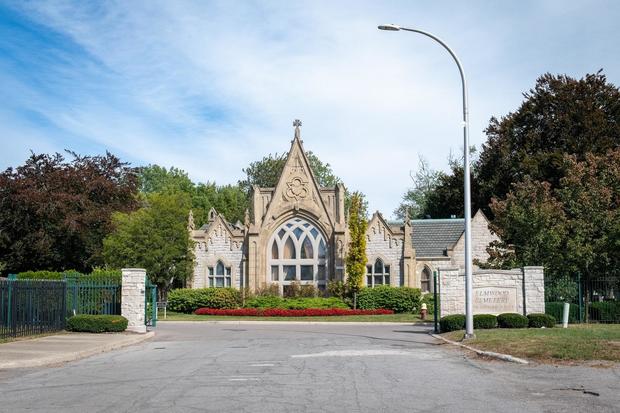Interactive map shares stories about Michigan's Underground Railroad
(CBS DETROIT) - A new interactive map is giving people a chance to learn more about the Underground Railroad in Michigan.
The Michigan History Center and the Michigan Freedom Trail Commission partnered to collect several stories of people fleeing enslavement in the mid-1800s, abolitionists who helped them, and communities that stepped in to protect freedom seekers.
"We expect that the Michigan Freedom Trail signs and online resources will make the Underground Railroad stories a more prominent part of Michigan tourism and education," Sandra Clark, director of the Michigan History Center, said in a statement. "Our hope is that the heightened visibility will encourage more local groups and historical societies to document their connections to the Underground Railroad and seek National Network to Freedom recognition."
The map features 24 sites, which included the gravesite of Capt. Jonathan Walker in Muskegon. Walker was arrested off the coast of Florida in 1844 for trying to deliver seven escaped slaves to freedom. After he was convicted, his right hand was branded with the letters "SS" for "slave stealer." Walker, who died in 1878, spent his final years on his farm, which is now in Norton Shores.
In Detroit, St. Matthew's Church was one of the city's first Black congregations. Organized in 1846, abolitionists the Rev. William C. Monroe and William Lambert founded the church, encouraging antislavery and activism between the St. Matthew's Church and Second Baptist Church.
The map also includes the First Congregational Church of Detroit and the home site of George DeBaptiste, a Black man who was born free in Virgina.
DeBaptiste lived in Indiana and sheltered freedom seekers from Kentucky before moving to Washington D.C. to work as President William Harrison's steward until Harrison's death in 1841. After moving back to Indiana, he eventually came to Detroit in 1846 where he continued helping freedom seekrs while working as a barber.
DeBaptiste died in 1875 and was buried in Detroit's historic Elmwood Cemetery, which is also featured on the map.
Click here for more information and to view the map.
According to the state Department of Natural Resources, the 24 sites were recognized by the National Park Service (NPS) Network to Freedom -- a federal register of programs, places and activities commerating stories "of the men and woman who risked everything for freedom and those who helped them."





